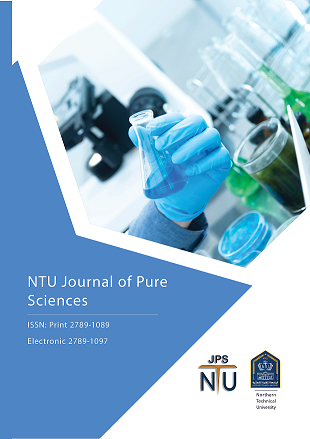Altered 16S rRNA gene size in Agrobacterium tumefaciens at IC50 of heavy metals
DOI:
https://doi.org/10.56286/pprmkt62Keywords:
Agrobacterium tumefaciens, Heavy metals, IC50, 16S rRN AgeneAbstract
Agrobacterium tumefaciens is a soil-endemic bacterial species that causes crown galls disease on a range of medicinal and economically important plants. In this study, the diagnosis of this bacterium was confirmed by its formation of crown galls on the discs of carot. And when treated in a laboratory with eight different heavy metals (Mo, Fe, Zn, Cu, Cr, Cd, Ni, and Pb), and with ten concentrations (40, 20, 10, 5, 2.5, 1.25, 0.625, 0.312, 0.156, 0.078 mM/ Metal), it was found to have an inhibitory effect on the growth of these bacteria by microtiter plate method, especially when the concentration was increased. The size of the 16S rRNA gene in bacteria resistant to these metals varied at the half inhibitory concentration IC50 from the comparison sample with volume values of about 1500, 1000, 1000, 1500, 1500 , 1500, 1500, 1500, and 1000 base pairs, respectively.
Downloads
Downloads
Published
Issue
Section
License
Copyright (c) 2024 NTU Journal of Pure Sciences

This work is licensed under a Creative Commons Attribution 4.0 International License.
This work is licensed under a Creative Commons Attribution 4.0 International License (CC BY 4.0), which permits unrestricted use, distribution, and reproduction in any medium, provided the original work is properly cited.





